Sweet lime, also known as Mosambi, is a citrus fruit that delights our taste buds and offers numerous health benefits. Whether consumed raw or as juice, sweet lime is packed with goodness. It is an essential source of vitamin C, aiding in detoxification, boosting immunity, and promoting healthy digestion, thus preventing constipation. Additionally, fruit juice is rich in vitamin B complex and carotene, which support the immune system, improve eyesight, and enhance skin health.
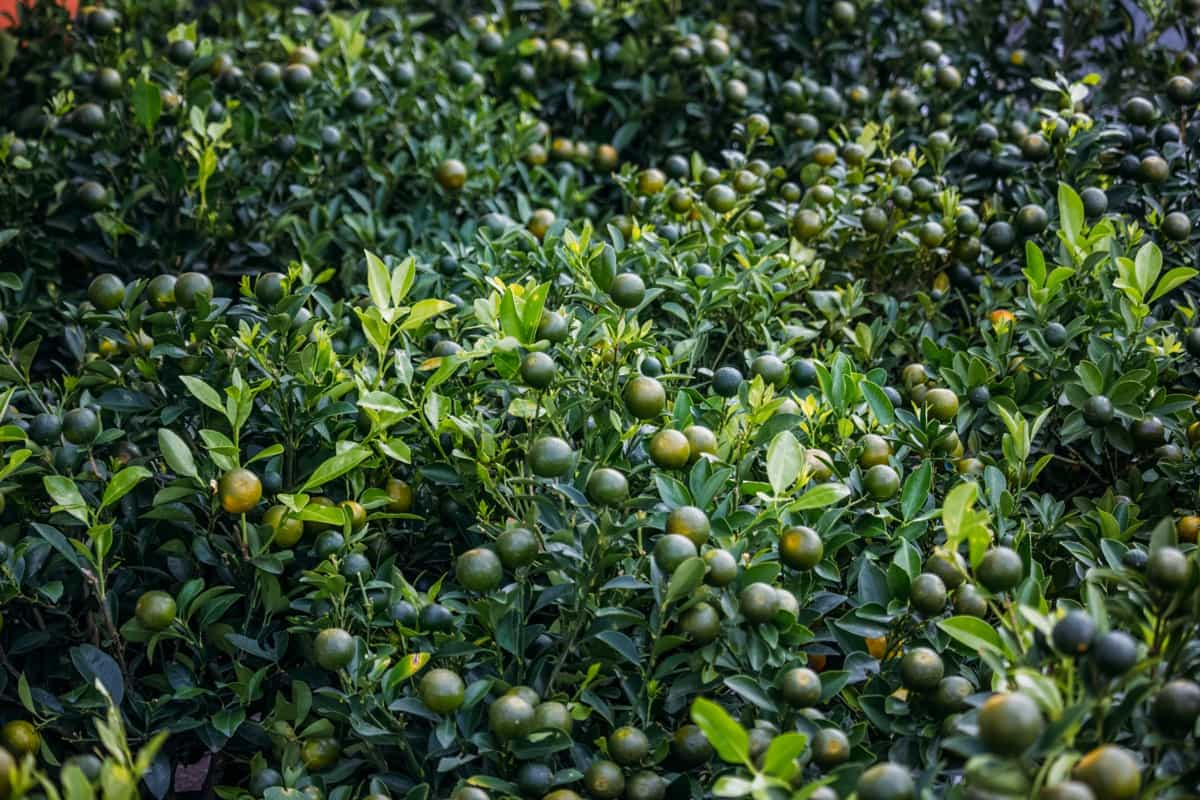
In India, sweet lime cultivation covers a vast area of 20.65 million hectares, with an impressive production of 33.15 million tons. The leading states in sweet lime cultivation include Andhra Pradesh, Maharashtra, Telangana, Madhya Pradesh, Punjab, and Rajasthan. Andhra Pradesh takes the top spot in area, production, and productivity, closely followed by Maharashtra, Telangana, and Madhya Pradesh.
This comprehensive guide aims to equip sweet lime farmers with the knowledge and techniques to maximize their yields and profitability while ensuring sustainability. By implementing the maintenance outlined in this blog, farmers can unlock the full potential of their sweet lime cultivation, both in quantity and quality, while contributing to a sustainable and thriving citrus industry.
Maximizing Yields and Profit from Sweet Lime
What is Sweet Lime Cultivation?
Sweet lime cultivation refers to growing and nurturing sweet lime trees to produce an abundant yield of sweet lime fruits. Sweet lime, scientifically known as Citrus limetta, is a citrus fruit highly valued for its refreshing taste and various health benefits. It can be consumed directly as a raw fruit or used to make juice. Sweet lime is rich in vitamin C, which helps detoxify, boosts immunity, and aids digestion, preventing constipation.
It also contains essential nutrients like vitamin B complex and carotene, contributing to improved immune function, enhanced eyesight, and healthier skin. In India, sweet lime is grown on a vast land area of approximately 20.65 million hectares, resulting in a remarkable production of around 33.15 million tons. Major sweet lime cultivating states include Andhra Pradesh, Maharashtra, Telangana, Madhya Pradesh, Punjab, and Rajasthan.
Description of Sweet Lime
Citrus limetta, also known as sweet lime or sweet lemon, is a species of citrus that resembles a small, round lime in shape. It is often considered a cultivar of Citrus limon, known as ‘Limetta.’ This citrus fruit is a cross between the citron (Citrus medica) and a bitter orange (Citrus × aurantium). The citrus tree reaches a height of up to 8 meters and has irregular branches with smooth, brownish-grey bark.
In case you missed it: Acid Lime Cultivation Practices Information
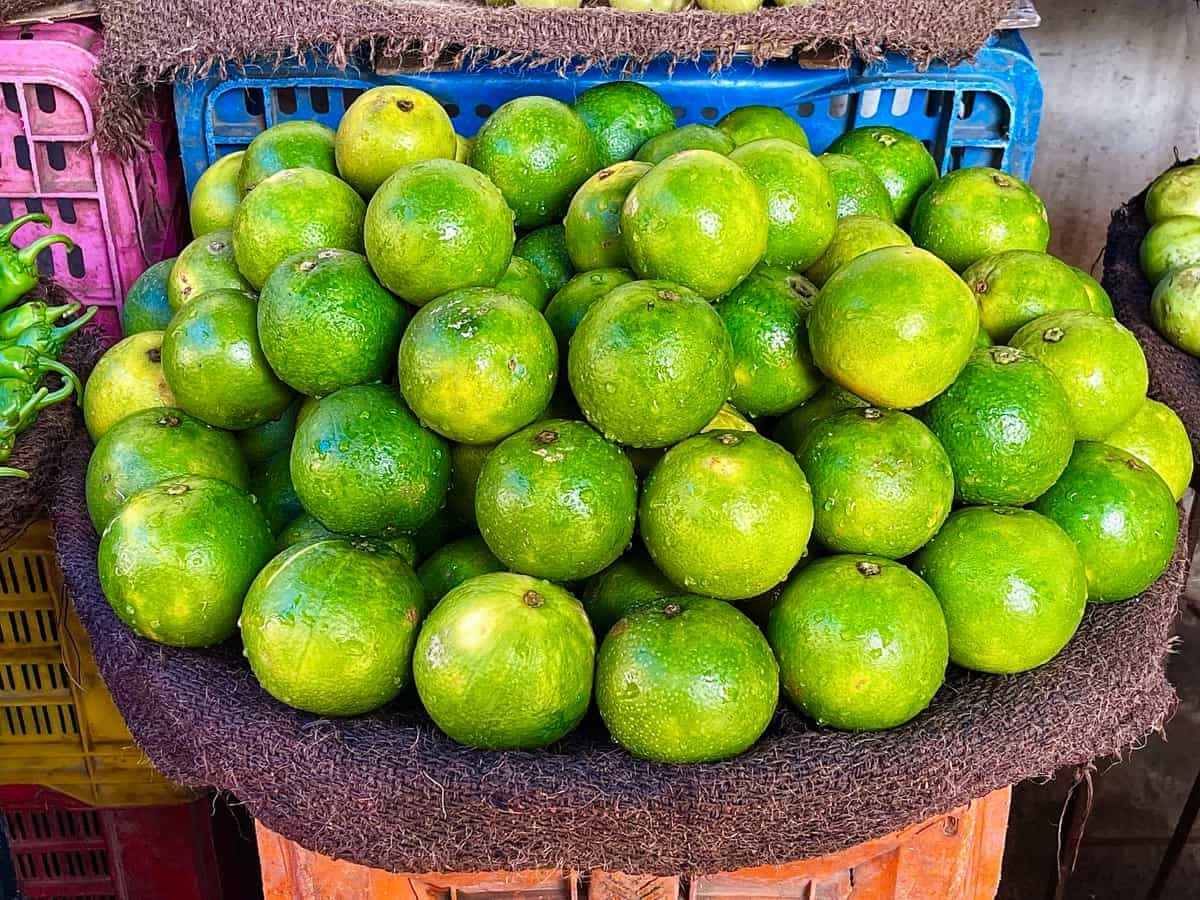
It is characterized by numerous thorns measuring 15-75 mm in length. The leaves are compound, with pointed leaflets ranging from 50-170 mm long and 28-89 mm wide. The white flowers are approximately 20-30 mm in width. The fruits are oval and green, ripening to yellow, with greenish pulp and a white pith measuring about 5 mm thick. Despite its name, the sweet lime resembles a greenish orange in appearance.
Flavor
Sweet lime has a sweet and mild flavor with a hint of lime essence. However, when exposed to air, the taste can quickly turn bitter within a few minutes. When consumed freshly squeezed, the juice retains its sweet taste. Compared to other citrus fruits, the flavor of sweet lime is less acidic and can be likened to limeade and pomelo.
Uses
Sweet lime is commonly served as juice and is popular as a mixer for alcoholic beverages like vodka or rum. It is the most commonly available citrus juice in the Indian subcontinent and is often sold at mobile road stalls. Like other citrus fruits, sweet lime is rich in vitamin C, providing approximately 50 mg per 100 g serving and antioxidants. It is a home remedy to treat influenza and the common cold in Iran. The tree is also used for both ornamental purposes and as graft stock for citrus propagation.
Suitable Conditions for Sweet Lime Cultivation
- Sweet lime is grown in tropical and subtropical regions with moderate rainfall, around 750 mm.
- The best soil for sweet lime cultivation is well-drained loamy soil with good fertility, preferably up to 2-3 meters deep.
- Red sandy loam best soils are also suitable for sweet lime cultivation.
Popular Sweet Lime Varieties
- Sathgudi: A high-yielding variety popular in South India, producing 1,000-2,000 fruits per tree. It has thin skin, 10-12 segments, and a brix range of 8.5 to 9 degrees.
- Batavian: Similar to Sathgudi but with green and yellow patches due to basketing. Grown in coastal districts of Andhra Pradesh.
- Mosambi: Grown in some parts of Telangana, characterized by prominent furrows on the fruit’s skin and a circular groove at the stylar end.
In case you missed it: How this Farmer Earning 8 Lakhs from 3 Acres Sweet Orange Cultivation – A Success Story of a Mosambi/Sweet Lemon Farmer
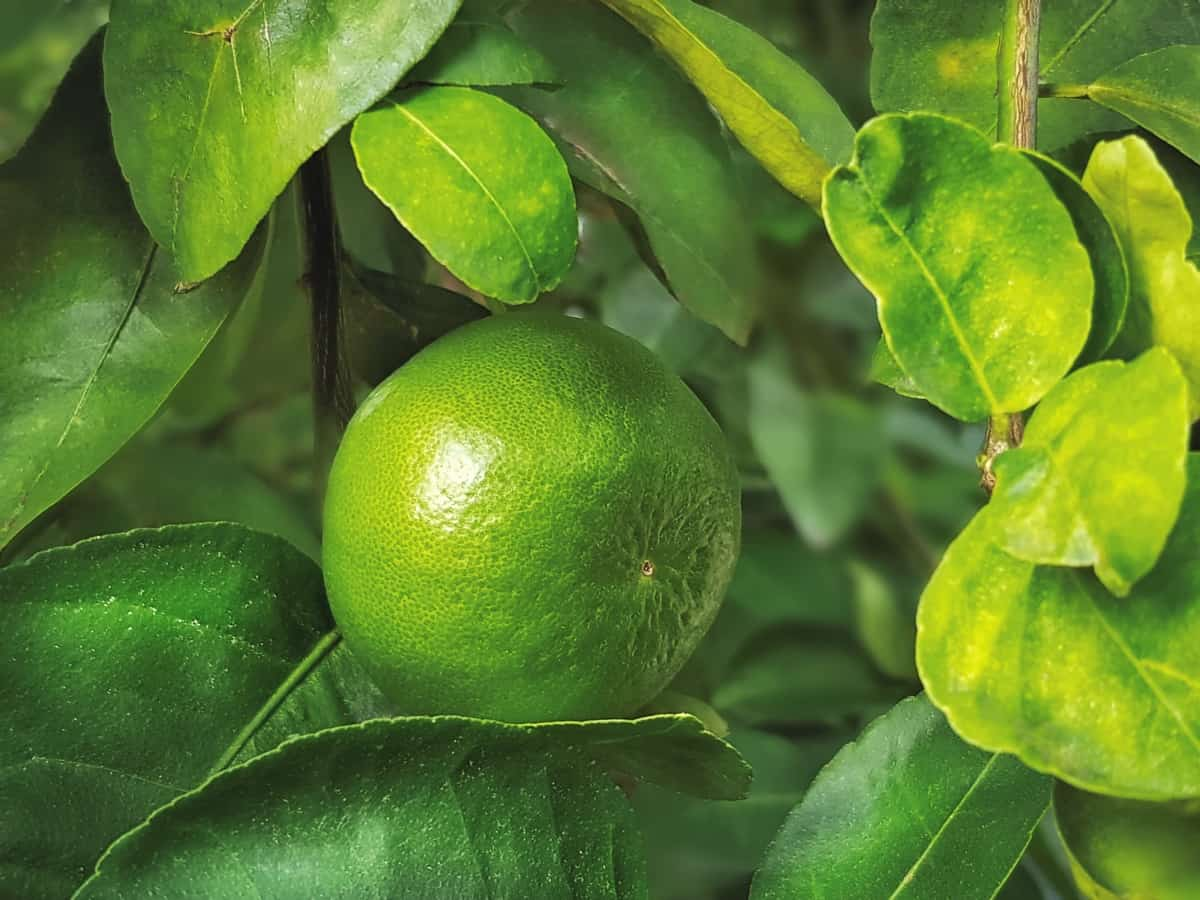
Propagation and Planting
- Healthy buds from desired sweet lime varieties are selected and budded on Rangapur rootstock.
- Virus-free and pest-free plants should be selected for planting.
- Proper staking is required to prevent wind damage.
- Spacing between plants should be 4-5 meters within rows and 6-8 meters between rows.
Manures, Fertilizers, and Pruning
- Nitrogen is applied as FYM (Farm Yard Manure) and oil cakes, P2O5 is applied as superphosphate, and K2O is the sulfate of potash.
- Manures are applied in 2-3 equal doses.
- Pruning should be done to maintain a strong framework, removing rootstock sprouts, water suckers, and dead wood.
Intercropping and Weed Management
- Short-duration rainfed crops like green gram, black gram, cowpea, or horse gram can be grown in the inter-row spaces of sweet lime trees.
- Weeding can be done using cultivators, and power weeders are recommended for effective weed control.
Irrigation and Fruit Drop Control
- Irrigation should be scheduled based on climatic conditions, soil type, and available soil moisture.
- Drip irrigation is recommended to save water and labor.
- Planofix, a ten ppm solution, can be sprayed to minimize early and pre-harvest fruit drops.
Pest and Disease Management
- Common pests include leaf minor, leaf weevil, citrus butterfly, bark and stem borer, and mungo mite.
- Integrated pest management involving traps, pheromones, and biological and chemical methods should be implemented.
- Diseases like quick decline or dieback, greening disease, and root rot can be managed through appropriate measures.
Harvesting and Post-Harvest Technology
- Sweet lime starts bearing fruit from the third year onwards, with multiple harvests throughout the year.
- Fruits should be picked at a fully matured stage for maximum flavor.
- Ethylene gas treatment can be used for uniform ripening.
- Sweet lime yields about 1,000 to 2,000 fruits per tree and can be preserved in cold storage for 4-8 weeks.
In case you missed it: Key Nutrient Management of Litchi: Optimizing Approaches for Enhanced Yield and Quality
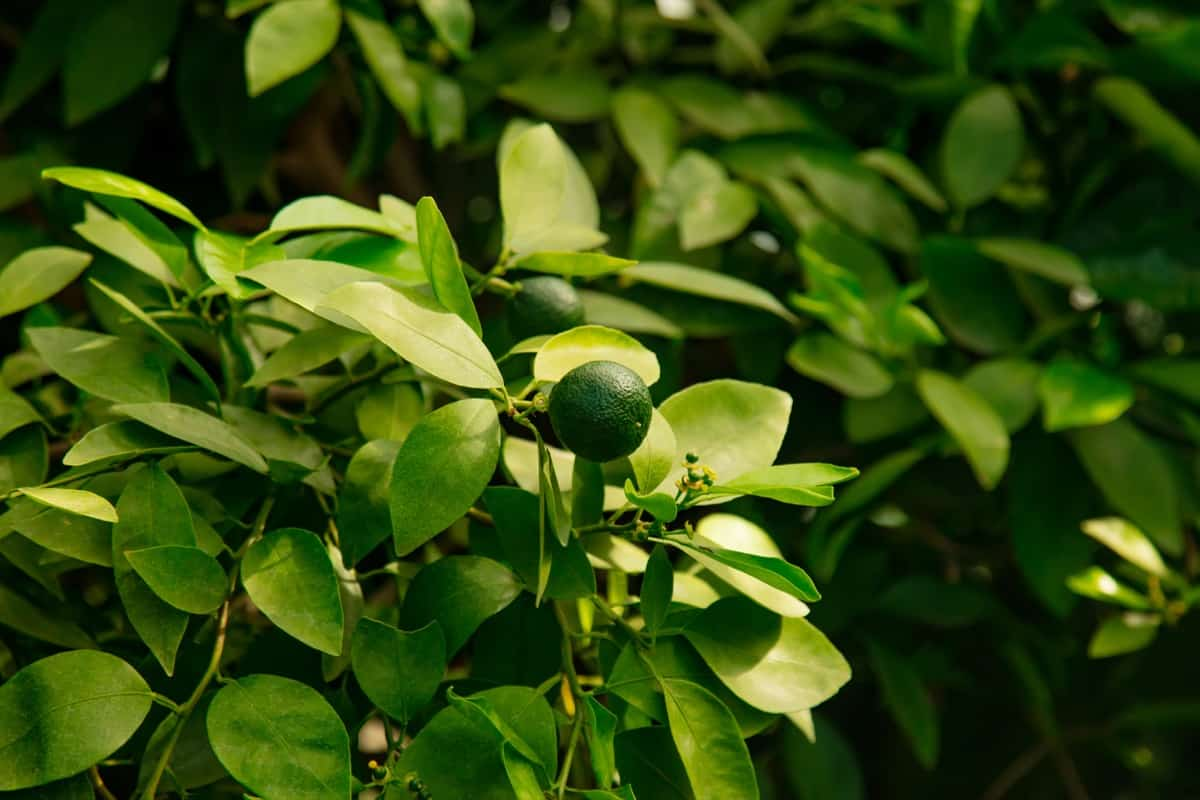
Intercropping and Agri-Horticulture System
- Sweet lime’s shorter canopy allows intercropping with short-duration and short-statured crops like green gram, black gram, cowpea, and horse gram.
- Groundnuts, soybean, and vegetables can also be grown in the inter-row spaces with proper irrigation.
Checking for Ripeness and Storage
- Sweet limes should be picked when fully ripe, indicated by their tennis ball size and lustrous greenish-yellow sheen. To check for ripeness, gently scratch the surface of a sweet lime.
- If its oils give way under the fingernails, it is ripe. Ripe fruits feel heavy for their size. Underripe fruit feels light and hard with tart flesh, while overripe fruit appears dull and shrunken with dry, spongy skin.
- Sweet limes can be stored at room temperature for up to two weeks and refrigerated for four to eight weeks. Frozen juice can be kept for up to six-eight months.
- It is possible to freeze slices of sweet lime in the fruit, although the limonin content may cause the pulp to taste bitter over time. To prevent this, submerge the slices in sweet syrup in an airtight glass jar.
Profit from Sweet Lime Cultivation Sustainably
Cost of Cultivation
- One-hectare orchard can accommodate approximately 310 sweet lime plants with a spacing of 8 x 4 meters.
- The cost of cultivation per hectare includes planting material, planting, fertilizers, manures, and other maintenance expenses.
- The total cost is around Rs. 1,00,000, with planting material and expenses incurred in the first year.
- Maintenance expenses gradually increase, reaching approximately Rs. 1,00,000 annually from the 5th year onwards.
Expected Yield
- Starting from the 5th year, the approximate yield per hectare per year can be calculated using the number of trees per hectare and the average fruit weight per tree.
- With 310 trees and an estimated fruit weight of 100 kg per tree, the expected yield is approximately 31 tons per year.
In case you missed it: Top 19 Steps/Ways to Boost Orange Yield: How to Increase Fruit Production, Size, and Quality
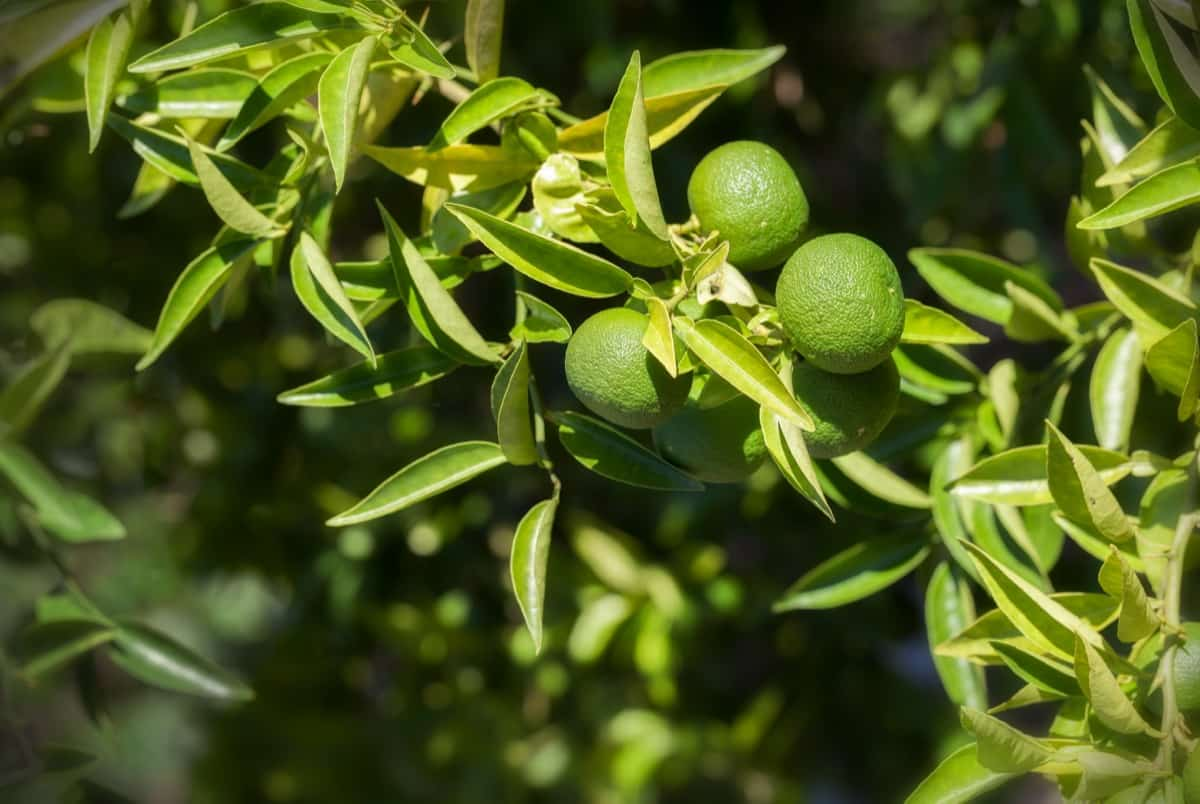
Market Price
The market price of sweet lime is estimated to be Rs. 20,000 per ton.
Gross and Net Returns
- Gross returns per hectare per year can be calculated by multiplying the expected yield with the market price, resulting in Rs. 6,20,000.
- Net returns per hectare per year can be determined by subtracting the cost of cultivation from the gross returns.
- Therefore, the net returns amount to Rs. 5,20,000.
Best Tips for Maximizing Yields and Profit from Sweet Lime Sustainably
Increasing Yield and Fruit Set
- Proper orchard management plays a crucial role in maximizing yields. Ensure adequate sunlight, water, and nutrient availability to the plants.
- Prune the trees regularly to maintain an open canopy, allowing better light penetration and airflow.
- Implement appropriate pollination strategies, such as placing beehives in the orchard, to enhance fruit set and yield.
- Control fruit drop by spraying Planofix 10 ppm solution at flowering, after fruit set, and one month before harvest.
Fertilizer Recommendations
- Apply fertilizers based on the nutrient requirements of the sweet lime crop at different stages of plant growth.
- Nitrogen can be provided through organic sources like farmyard manure, oil cakes (25%), and chemical fertilizers (50%).
- Phosphorus (P2O5) can be applied as superphosphate, while potassium (K2O) can be provided as sulfate of potash.
- Apply manures and fertilizers in two to three equal doses throughout the year to ensure a continuous supply of nutrients.
Best Maintenance Operations
- Ensure regular irrigation, especially during dry seasons, to maintain optimum soil moisture levels.
- Weed management is crucial to prevent competition for nutrients and water. Use cultivators or power weeders to keep the orchard weed-free.
- Apply mulch, such as dry leaf mulch or paddy husk, in the basins to suppress weed growth and reduce the number of irrigations.
- Control pests and diseases using integrated pest management practices. This includes using traps, pheromones, appropriate insecticides, and cultural practices like orchard sanitation and pruning.
- Monitor the orchard for signs of diseases like quick decline or dieback and take preventive measures such as using disease-resistant rootstocks and virus-free plants.
Sustainable Practices
- To conserve water and minimize wastage, practice sustainable irrigation methods, such as drip irrigation.
- Opt for organic and eco-friendly pest control methods whenever possible to minimize the use of chemical pesticides.
- Promote biodiversity in the orchard by planting companion plants that attract beneficial insects and predators.
- Monitor soil health regularly and take corrective measures, such as soil testing and appropriate nutrient management, to maintain soil fertility.
In case you missed it: Fertilizer Management in Sapota/Sapodilla: NPK, Organic, Time, Application, and Methods
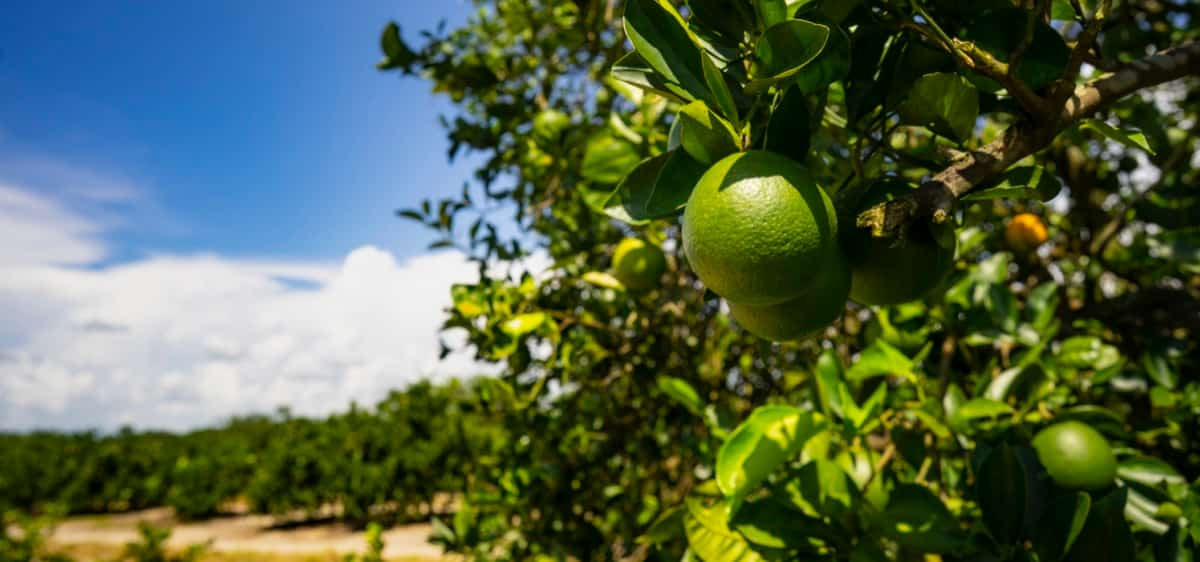
Problems in Sustainable Sweet Lime Cultivation
- Pests and Diseases: Pests like aphids and diseases like citrus canker can attack sweet lime trees, affecting tree health and fruit quality.
- Water Management: Proper irrigation is crucial for sweet lime growth. Inadequate water supply or excessive irrigation can lead to water stress and root diseases.
- Soil Health and Fertility: Maintaining soil fertility is important. Nutrient deficiencies or imbalances can cause stunted growth and reduce fruit yield.
- Weed Control: Weeds compete with sweet lime trees for resources, hindering growth and productivity.
- Climate and Weather Extremes: Extreme temperatures, frost, drought, or heavy rainfall can impact tree growth, flowering, and fruit set.
- Post-Harvest Losses: Incorrect handling can result in the quick deterioration of sweet limes, leading to losses.
Conclusion
To maximize yields and profit from sweet lime sustainably, it is essential to focus on key factors such as proper spacing, optimal fertilization, efficient water management, integrated pest management, and post-harvest handling. By implementing these practices, farmers can achieve higher yields, maintain fruit quality, and enhance profitability in sweet lime cultivation.
- Types of Pesticides Used in Agriculture: A Beginner’s Guide
- Economical Aquaculture: A Guide to Low-Budget Fish Farming
- 15 Common Planting Errors That Can Doom Your Fruit Trees
- How to Make Houseplants Bushy: Effective Tips and Ideas
- Innovative Strategies for Boosting Coconut Pollination and Yield
- Pollination Strategies for Maximum Pumpkin Yield
- The Complete Guide to Chicken Fattening: Strategies for Maximum Growth
- Natural Solutions for Tulip Problems: 100% Effective Remedies for Leaf and Bulb-Related Issues
- Revolutionizing Citrus Preservation: Towards a Healthier, Greener Future
- Natural Solutions for Peony Leaf and Flower Problems: 100% Effective Remedies
- Maximizing Profits with Avocado Contract Farming in India: A Comprehensive Guide
- Natural Solutions for Hydrangea Problems: 100% Effective Remedies for Leaf and Flowers
- The Ultimate Guide to Choosing the Perfect Foliage Friend: Bringing Life Indoors
- From Sunlight to Sustainability: 15 Ways to Use Solar Technology in Agriculture
- The Ultimate Guide to Dong Tao Chicken: Exploring from History to Raising
- The Eco-Friendly Makeover: How to Convert Your Unused Swimming Pool into a Fish Pond
- Mastering the Art of Delaware Chicken Farming: Essentials for Healthy Backyard Flocks
- 20 Best Homemade Fertilizers for Money Plant: DIY Recipes and Application Methods
- How to Craft a Comprehensive Free-Range Chicken Farming Business Plan
- Brighten Your Flock: Raising Easter Egger Chickens for Beauty and Bounty
- How to Optimize Your Poultry Egg Farm Business Plan with These Strategies
- Subsidy for Spirulina Cultivation: How Indian Government Schemes Encouraging Spirulina Farmers
- Ultimate Guide to Raising Dominique Chickens: Breeding, Feeding, Egg-Production, and Care
- Mastering the Art of Raising Jersey Giant Chickens: Care, Feeding, and More
- Ultimate Guide to Raising Legbar Chickens: Breeding, Farming Practices, Diet, Egg-Production
- How to Raise Welsummer Chickens: A Comprehensive Guide for Beginners
- How to Protect Indoor Plants in Winter: A Comprehensive Guide
- Ultimate Guide to Grow Bag Gardening: Tips, Tricks, and Planting Ideas for Urban Gardeners
- Guide to Lotus Cultivation: How to Propagate, Plant, Grow, Care, Cost, and Profit
- Agriculture Drone Subsidy Scheme: Government Kisan Subsidy, License, and How to Apply Online
- Ultimate Guide to Raising Araucana Chickens: Breed Profile, Farming Economics, Diet, and Care
- Bringing Hydroponics to Classroom: Importance, Benefits of Learning for School Students
- Ultimate Guide to Raising Polish Chickens: Breed Profile, Farming Economics, Diet, and Care
- Ultimate Guide to Raising Australorp Chickens: Profile, Farming Economics, Egg Production, Diet, and Care
- Silkie Chicken Farming: Raising Practices, Varieties, Egg Production, Diet, and Care
- Sussex Chicken Farming: Raising Practices, Varieties, Egg Production, Diet and Care